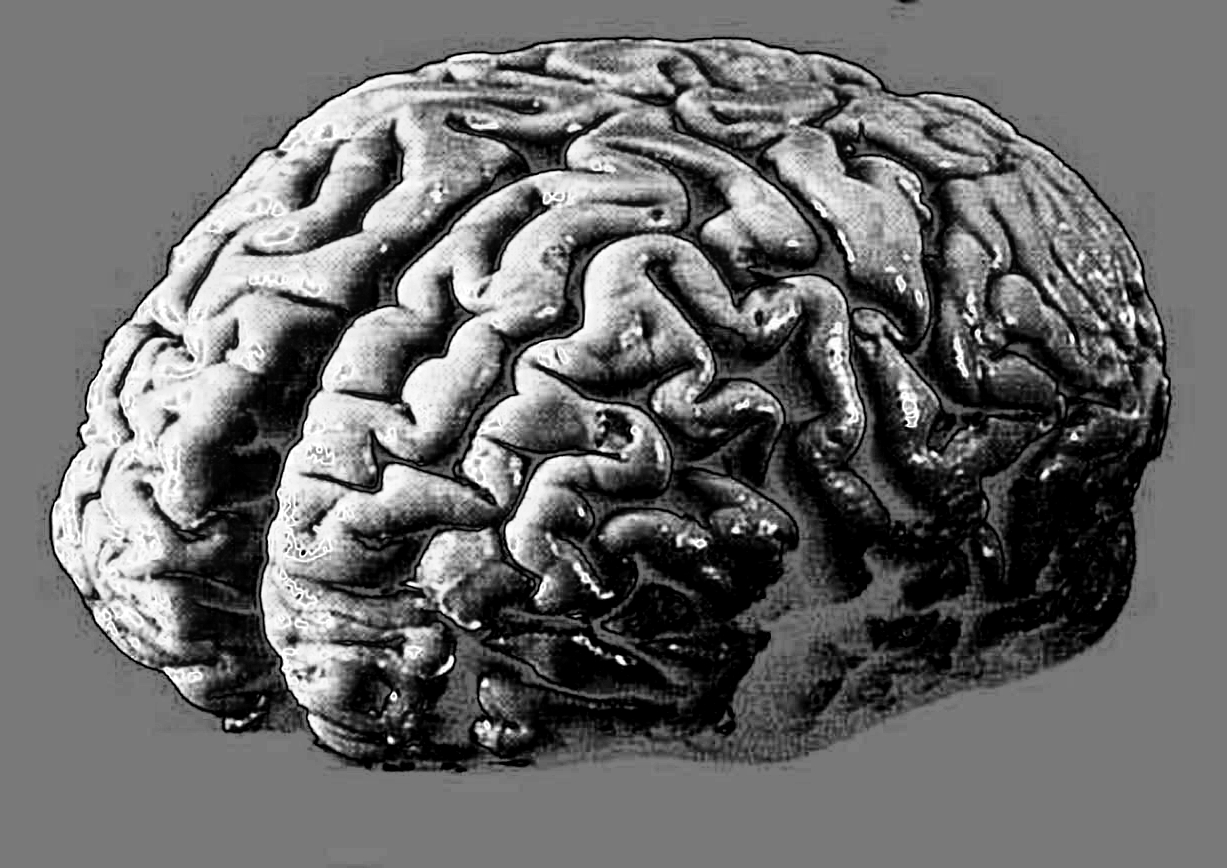Loneliness shown in brain scans
 New studies suggest loneliness can be observed in the brain.
New studies suggest loneliness can be observed in the brain.
International researchers used MRI to look at people’s brains while they thought about themselves, close friends, acquaintances and celebrities.
They found that when people thought about people they had a closer relationship with, the more their brain patterns in the medial prefrontal cortex (mPFC) looked like they were thinking about themselves.
The mPFC is a brain region that maintains a structured map of a person’s social circles, based on closeness. People that struggle with loneliness often perceive a gap between themselves and others. This gap is reflected by the activity patterns of the mPFC.
Researchers have found that when a person thinks about themself, close friends, acquaintances, and celebrities, their thoughts correspond to a different activity pattern in the mPFC: one for the self, one for the social network (both friends and acquaintances), and one for celebrities.
The closer the relationship, the more the pattern resembled the pattern seen when thinking about the self.
These brain patterns differed for lonelier individuals. Activity related to thinking about the self was more different from activity related to thinking about others, while the activity from thinking about others was more similar across social categories. In other words, lonelier people have a “lonelier” neural representation of their relationships.







 Print
Print